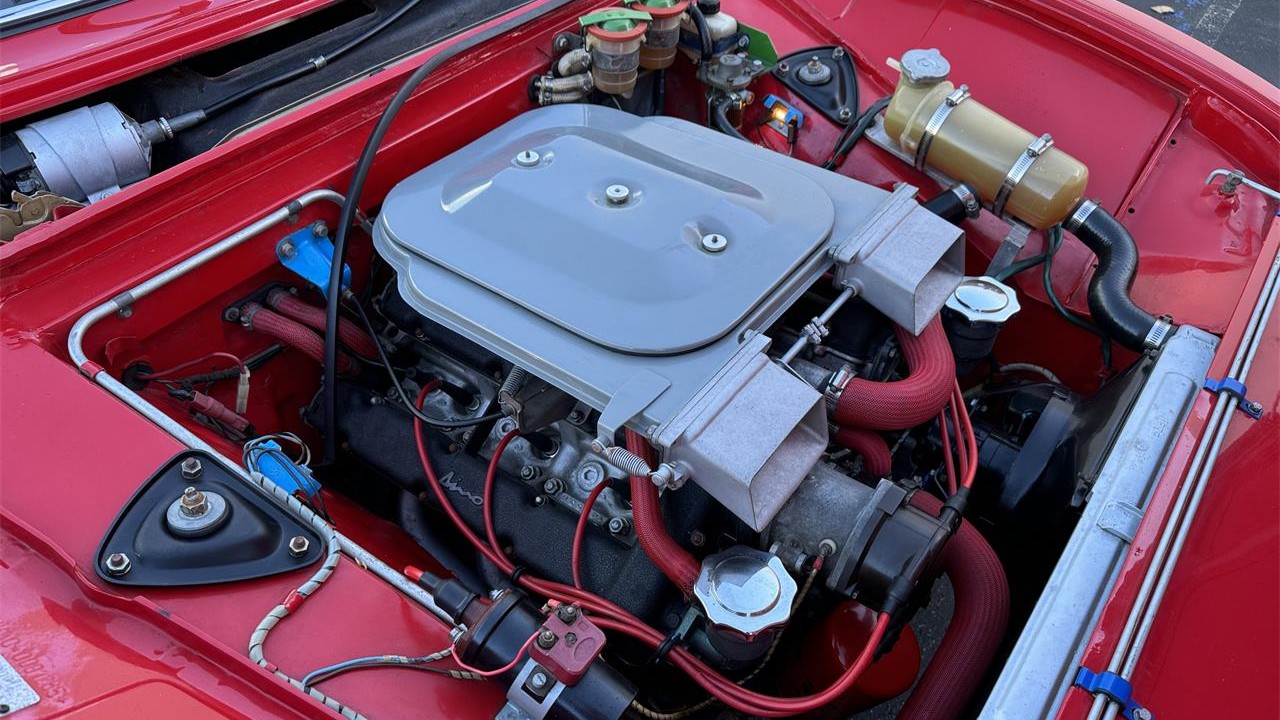2025 is shaping up to be a landmark year for hybrid car innovation. As fuel prices climb and environmental concerns intensify, drivers are seeking vehicles that deliver more miles per gallon without compromising style or performance.
Automakers are responding with a dazzling array of hybrid options—from practical compacts to luxurious sedans and SUVs.
With mainstream and high-end brands alike competing to outdo each other in efficiency, consumers now have more choices than ever before.
Discover the top 15 hybrids that are poised to lead the way in fuel savings this year.
Sticking with the Italian theme I will begin next week, I did some scrounging around on ClassicCars.com and found this little gem to use as my Pick of the Day, a Fiat Dino Coupe located at a dealer in Newport Beach, California.
The Fiat Dino is interesting and often misunderstood in the world of collector cars. They are also often messed with and frequently wear Ferrari badges on every possible surface. Whenever I see this, I cringe, as the Fiat Dino is a great GT car of its own accord.
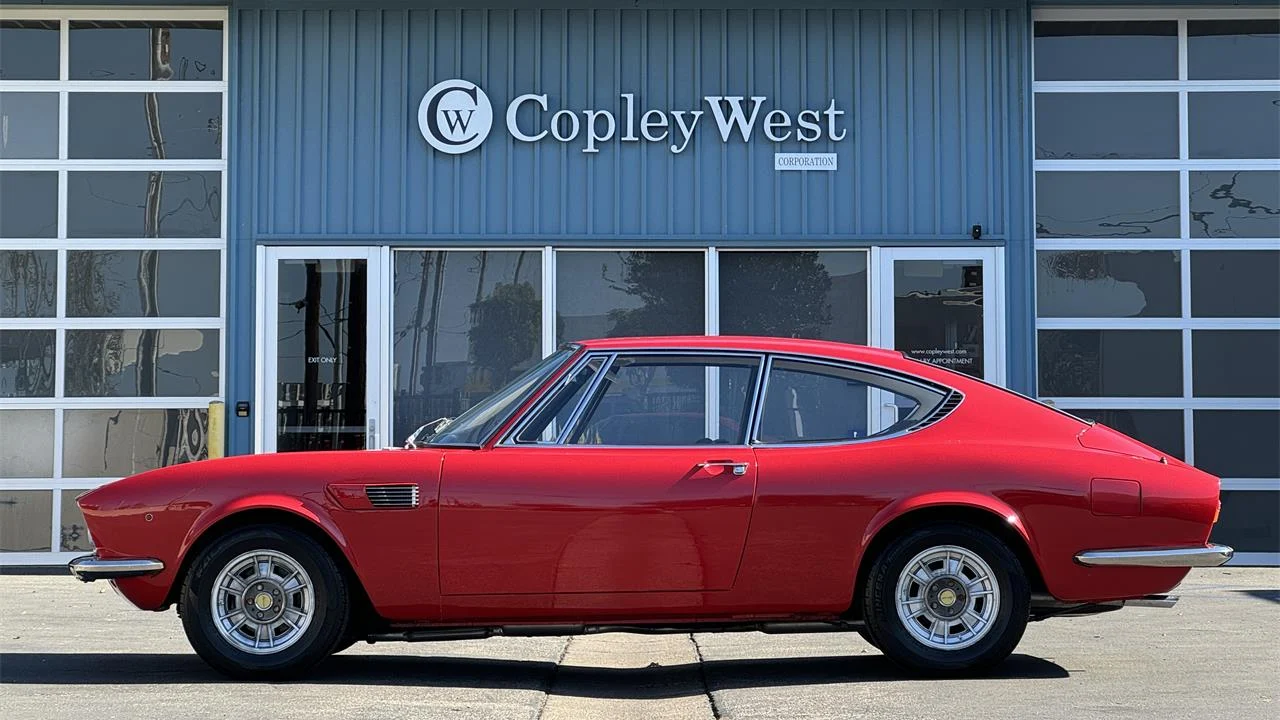
Fiat Dino road cars came to be when Ferrari needed to homologate a V6 engine for their Formula 2 racing cars. In 1965 the FIA created new rules for the 1967 season that stated F2 engines would be required to have no more than six cylinders and had to be derived from a production engine used in a road car homologated in the GT class. In addition, the manufacturer had to produce at least 500 examples of said road cars powered by this engine within 12 months. Being a small manufacturer, Ferrari did not possess the production capacity to build this many engines or road cars. To solve this problem, Ferrari made an agreement with Fiat to produce the 500 engines needed for the homologation that they would then install in a yet-to-be-designed GT car.
These Dino V6 engines were based on the racing engine designed by Vittorio Jano and then modified for road use by Aurelio Lampredi, who not only designed several four-cylinder Ferrari racing engines but is also responsible for the Fiat 124 Spider engine. According to Lampredi, “Things didn’t work out exactly as Ferrari had foreseen.” Enzo Ferrari had counted on building the engines at Maranello, but Fiat insisted on taking control of production to avoid any engine supply slowdowns. The result is that the Fiat-built Dino V6 ended was installed in two very different vehicles: the Fiat Dino, a front-engine Grand Tourer assembled in Turin by Fiat, and Ferrari’s first production mid-engine sports car, built in Maranello – the Dino.
While the Fiat Dino Spider was designed by Pininfarina, the coupe was designed by Bertone. Not only that, but the Fiat coupe designers were none other than the legendary Giorgetto Giugiaro and Marcello Gandini.
The seller describes this 1967 Fiat Dino coupe as a solid, “no stories” Fiat of the 1960s. The car is said to have received a $30,000 service last year by a local specialist shop, during which they rebuilt the Weber carbs, did a full tune (including valve adjustment), installed new mufflers, a new interior and window motors.
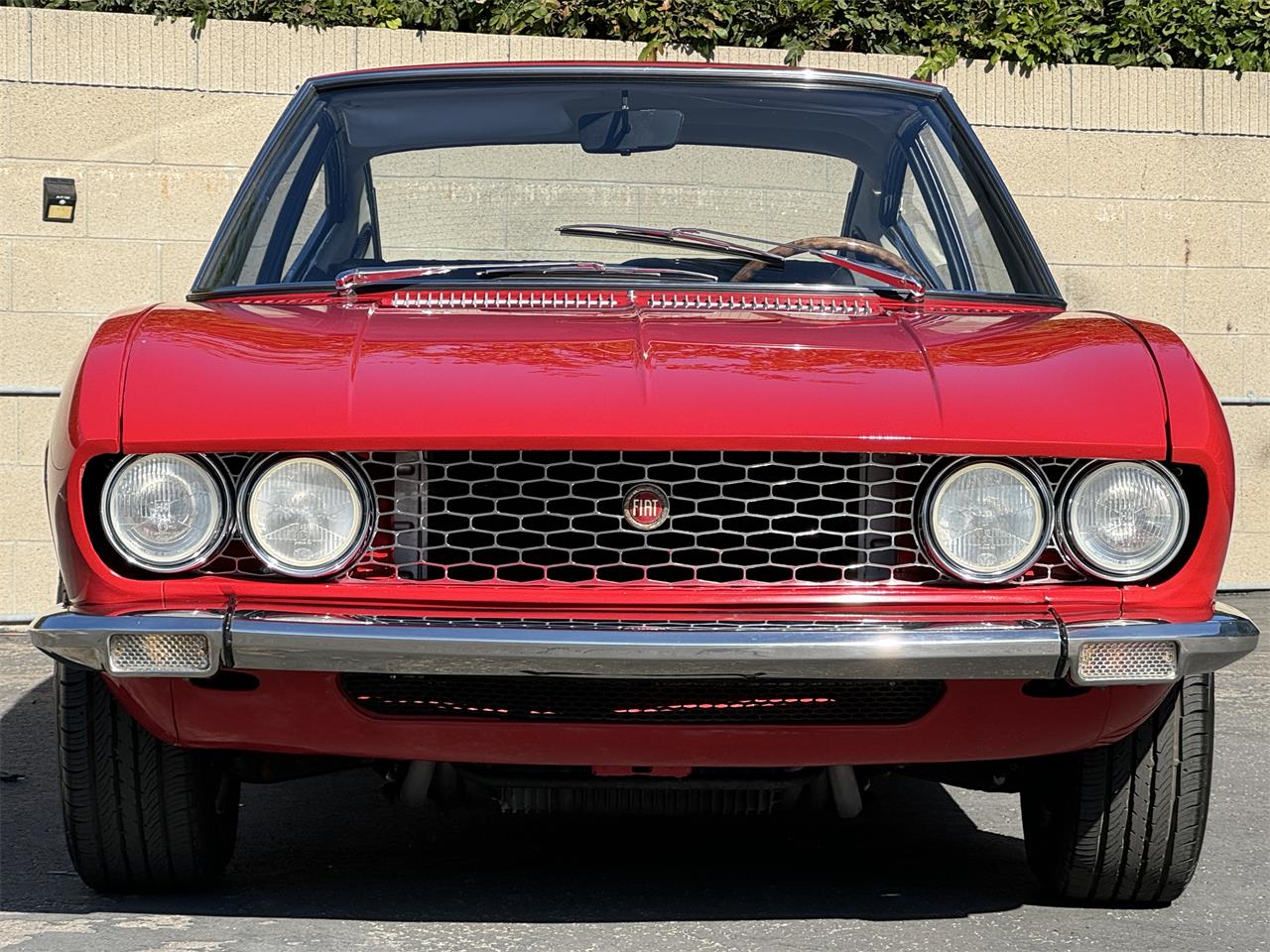
The seller goes on to say that a local Fiat specialist shop just inspected the vehicle and was surprised that parts usually missing or corroded are all intact, solid and tidy.
In addition, this car has all the correct trim and badging a Fiat Dino is supposed to have (there’s not a single Ferrari badge in sight).
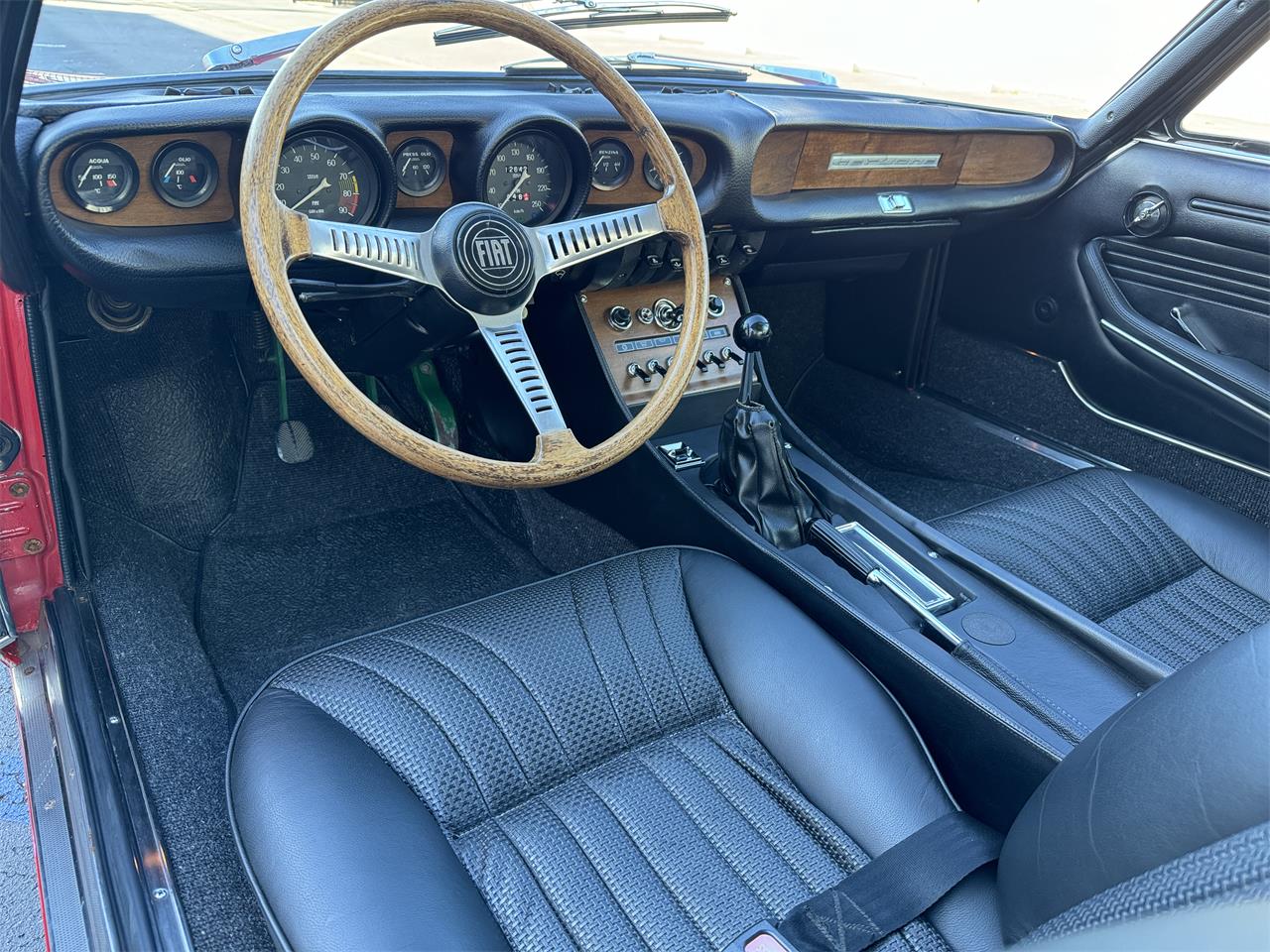
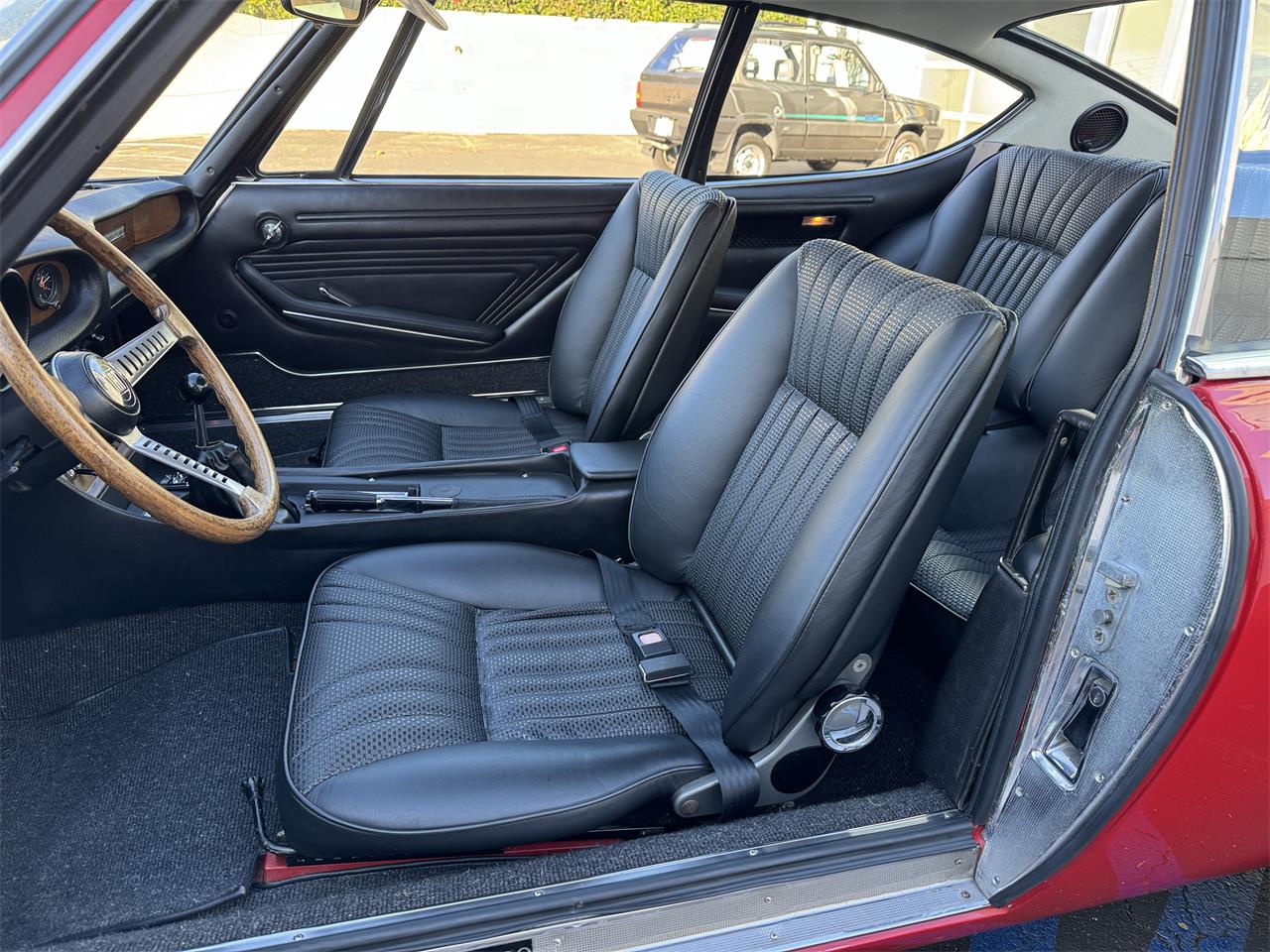
I have personally owned a Fiat Dino coupe and can honestly say it’s a great car for driving on vintage tours and is certainly something you don’t see every day. The model is powered by a true Ferrari engine and the exhaust note is one of the best I have ever heard on a road car. Being a V6 that sports cam chains rather than belts, it is also the least expensive Ferrari engine to deal with and service.
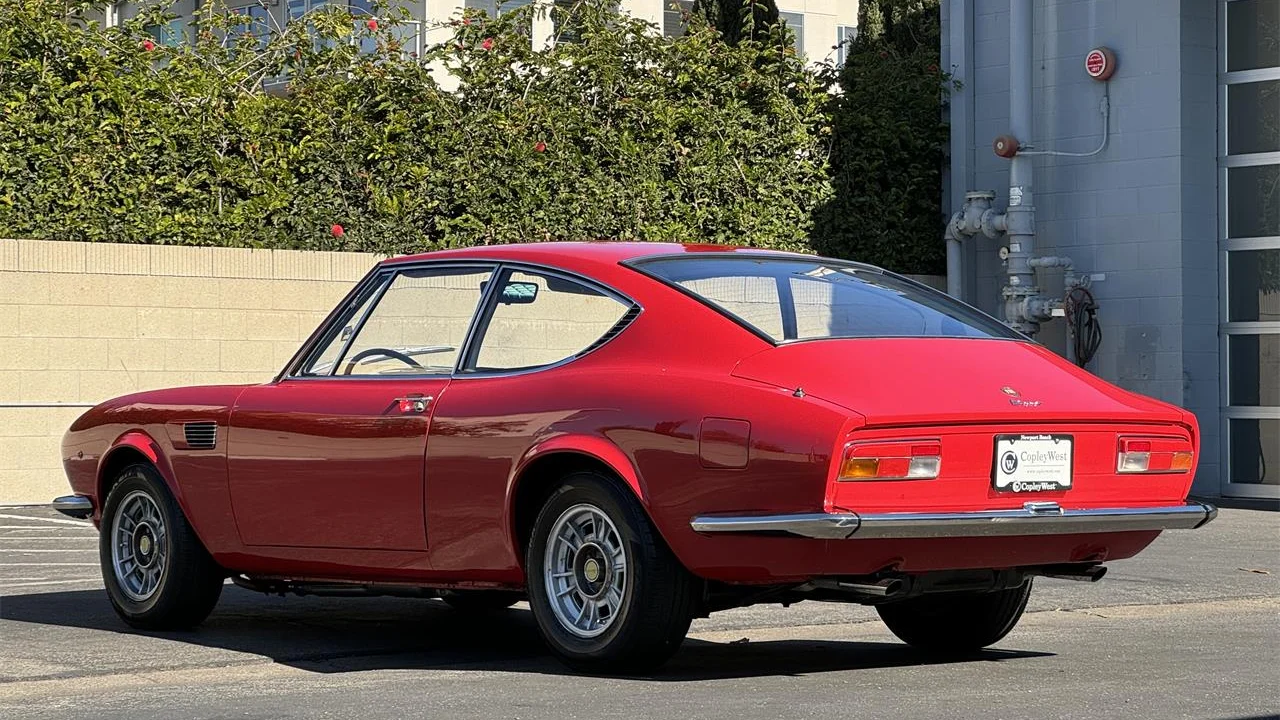
If you are looking for a true, storied, great-driving Italian GT car with impressive design and development history, but are also on a budget, then this Fiat Dino coupe, with an asking price of $59,800, is just the ticket.
Click here to view this Pick of the Day on ClassicCars.com
This custom pickup was built under prior ownership using a 1948 Ford F-6 COE cab and a custom-fabricated pickup bed mounted on a newer frame. Power comes from a 460ci V8 linked to a three-speed automatic transmission and a Dana 60 rear end, and highlights include 16” alloy wheels, front disc brakes, and a stepside cargo bed with a storage box. Inside, red and white upholstery is joined by a Nardi steering wheel on a tilt column in addition to Dolphin gauges. Work performed since the seller’s acquisition in late 2024 has involved adding an electric fuel pump and replacing the carburetor, fuel tank, and dual exhaust system. This custom Ford COE pickup is now offered with a clean Florida title in the seller’s name.

The truck is finished in red with a white grille and front bumper, and business logos have been added to the doors. Pinstriping accents the hood, and embossed Ford script on the tailgate is highlighted in beige. The running boards are finished in black and feature built-in tool boxes, one of which houses the battery. Other details include a flush fuel-filler door, round side mirrors, teardrop taillights, and side exhaust outlets. The truck measures approximately 18’ long, 7’ tall, and 6.5’ wide.

A diamond-plate storage box is mounted in the cargo bed. Black bedliner has been applied to the cargo floor, and wear on the surface can be viewed in the gallery.

Eight-lug 16” alloy wheels are mounted with 255/70 Ironman Country H/T tires. The truck rides on coil springs up front and longitudinal leaf springs out back, and braking is handled by front discs and rear drums.

The seats are trimmed in red and white vinyl that extends to the headliner, engine cover, and door panels. The dashboard was painted to complement the upholstery, and black carpet lines the floor and rear bulkhead. A central stop light is mounted inside the rear window.

The Nardi steering wheel is mounted to a tilt column and sits ahead of a Dolphin 140-mph speedometer and combination gauge. The six-digit odometer shows 2,800 miles.

The 460ci V8 is equipped with a four-barrel carburetor that was installed under current ownership. The fuel tank, sending unit, and spark plugs were replaced in February 2025, and an electric fuel pump and a dual exhaust system were also fitted.

Power is sent to the rear wheels through a C6 three-speed automatic transmission and a Dana 60 rear end.

The truck is titled using the VIN 88RT68062, which appears on a tag attached to the firewall and is consistent with a 1948 Ford 1-ton pickup.
This ’33 Ford Victoria was built sometime in the 1990s. The car rides on a Mustang II-style front end and a coil-sprung solid axle out back, and it has four-wheel disc and 15″ Ultra three-spoke wheels. Power comes from a 302ci V8 with an Edelbrock intake manifold, and it is linked to an automatic transmission with a Lokar shifter. VDO gauges, bucket seats, and a JVC stereo have been installed, and the white-painted body has custom flourishes, fiberglass fenders, and a sculpted hood. The selling dealer rebuilt the carburetor, resealed the valve covers, and installed PerTronix ignition. This 1933 hot rod is now offered on dealer consignment with a clean Oregon title.

The car has white-painted bodywork and fiberglass fenders, and the hood is sculpted either side. There are chips and cracks in the fiberglass and paintwork, and the weather seals are cracking.

The car rides on a Mustang II-style front end with coil springs and disc brakes, and out back the solid axle has coil springs, tube shocks, and discs as well. The tires on the 15″ Ultra three-spoke wheels are older and require replacement, and the selling dealer notes the bushings and shocks are worn and the master cylinder has a leak.

Bucket seats with channeled upholstery have been fitted along with a contoured rear bench and matching side panels. The car has front and rear three-point belts, and a Lokar shifter was utilized. The JVC stereo is linked to door-mounted speakers.

A billet steering and VDO gauges were installed. The five-digit odometer indicates ~27,500 miles, which represents the distance driven on the build.

The 302ci V8 is topped by an Edelbrock intake manifold. The selling dealer rebuilt the carburetor, resealed the valve covers, and installed PerTronix ignition. The fuel lines and drive belts are old and require replacement.

The car has a dual exhaust system and an automatic transmission. A leak is noted from the bell housing.

The car is titled as a 1933 Ford using the assigned VIN above.
This custom hauler was built in the 2010s by Eddie’s Chop Shop of Orangevale, California, and is based on a 2007 Kenworth T300. The donor’s chassis, 7.2-liter Caterpillar C7 turbodiesel inline-six, and an Allison five-speed automatic transmission were utilized, and the body was fabricated using the front section of a 1948 GMC COE truck, the rear body of a 1953 Suburban, and widened fenders along with a custom-fabricated bed with a gooseneck hitch. Customization continued inside, where BMW 7-Series seats and center consoles were fitted along custom carpeting, a CB radio, a fold-down television, front-and-rear camera systems, and a modern sound system. Purchased by the seller in 2018, this custom hauler hot rod is now offered with a clean Florida title in the seller’s name listing the truck as 1948 GMC Truck.

The cab is based on a 1948 GMC COE front end mated with a 1953 Suburban rear, replete with functional barn doors. The custom suicide rear side doors were made utilizing the front doors from the Suburban. The front fenders were widened to fit over the Kenworth’s front end, and Eddie’s Chop Shop fabricated the modular and removable lower bodywork, bumpers, and diamond-plate stairs. The body was then painted matte black, and the lower sections are powder-coated satin black.

The hood and visor are louvered, and modern headlights were installed along with towing mirrors. The front push bar is pinned and can be pulled out to accommodate pushing different race cars. The bumperettes are from a 1956 Cadillac.

The hauler bed has gooseneck and receiver hitches, a recessed diamond-plate cargo area, LED taillights, and equipment boxes. The seller notes that the truck could benefit from a repaint.

Alloy 22.5″ wheels wear 11-series Michelin tires, and the truck is equipped with air-actuated brakes and a dually rear axle.

The air-suspended cab houses Legacy front and BMW 7-Series rear captain’s chairs upholstered in black leather, and the wood-clad consoles are also from the BMW. The air conditioning system from the Kenworth was retained.

Other features include forward- and reverse-view camera, a drop-down flatscreen rear TV, and ceiling-mounted climate control outlets as well as a CB radio, a Pioneer head unit, and a sound system with 12 primary speakers, four subwoofers, and four amplifiers. The carpeting has been removed from the passenger footwell, and rubber mats cover the rear carpeting.

The banjo-style steering wheel sits ahead of a Kenworth-branded 3k-tachometer and an 80-mph speedometer, while auxiliary gauges are mounted on the right side of the center stack. The gauges indicate ~308k miles on the chassis and ~8,100 hours.

The 7.2-liter Caterpillar C7 turbodiesel inline-six sends power to the rear wheels via a push-button Allison five-speed automatic transmission.

Rust is visible on the underside, and additional underbody photos can be viewed in the gallery below.

The truck was used as a support vehicle at Land Speed Record competitions and was featured in a Hot Rod magazine in 2014 at Bonneville.

The truck is titled as a 1948 GMC truck using the VIN FF452620.
When it comes to automotive history, Isuzu is often overshadowed by bigger names. Yet, this Japanese manufacturer has delivered some of the most quirky, innovative, and unforgettable vehicles of the past century. From rugged off-road icons to futuristic concept cars, Isuzu’s contributions are both bold and surprisingly diverse.
In this article, we’ll journey through 20 of the coolest, rarest, and most fascinating Isuzu vehicles—models you probably forgot ever existed, but definitely deserve a second look.
While Isuzu may not be the first name that comes to mind when you think of legendary cars, its impact on the global auto industry is far-reaching and often overlooked.
Through clever partnerships, joint ventures, and widespread badge engineering, Isuzu has provided the backbone for many beloved vehicles—sometimes without drivers ever knowing.
From reliable engines to entire chassis shared with household brands, Isuzu’s quiet expertise has helped build some of the world’s favorite cars, leaving an indelible mark on automotive history.
Let’s explore twenty times Isuzu’s craftsmanship powered the vehicles you know and love.
Motorcycle manufacturers are renowned for pushing the boundaries of engineering and design.
Yet, every so often, these risk-takers step beyond their two-wheeled roots, diving headfirst into the world of cars.
The results? Some of the most outrageous, innovative, and downright wild vehicles ever produced.
From experimental roadsters to futuristic supercars, these creations reflect a fearless spirit and a willingness to break the mold.
Join us as we explore 20 unforgettable cars born from the minds of legendary motorcycle makers, each with a story as bold as its design.
Opulent automobiles are often associated with legendary names like Bentley, yet the universe of luxury vehicles is much broader than most realize. Lesser-known brands have occasionally emerged, crafting vehicles so rare and innovative that they commanded prices exceeding even Bentley’s prestigious models. These hidden gems offered cutting-edge technology, avant-garde designs, and a level of exclusivity that mainstream marques seldom matched. Join us as we explore twenty extraordinary cars from obscure brands—each one a testament to ambition, creativity, and a willingness to push the boundaries of luxury.
Some car brands burn brightly, leaving an unforgettable mark before fading into history.
Their exits are rarely quiet—full of drama, innovation, or sheer spectacle.
Whether through groundbreaking engineering, audacious design choices, or high-profile financial collapses, these automakers captured imaginations and refused to go quietly.
Their stories remind us that the end of the road can be as captivating as the journey itself.
Join us as we celebrate 20 defunct car brands whose final chapters ensured their legend would never truly die.

